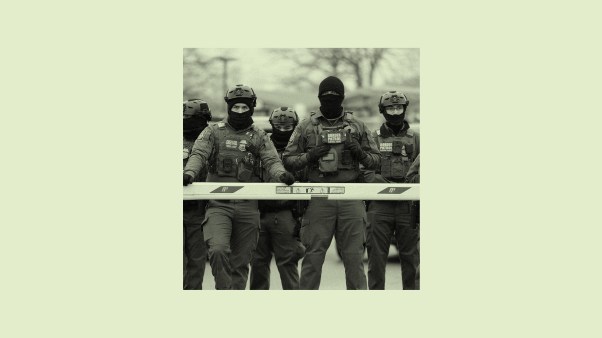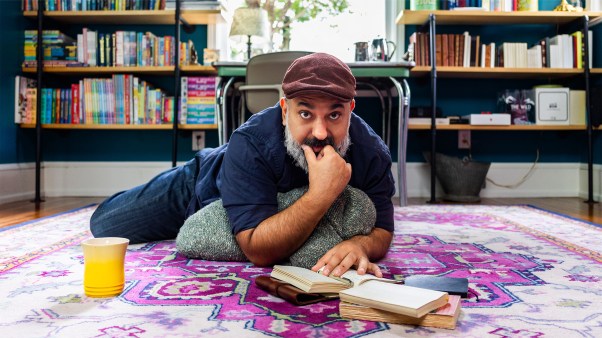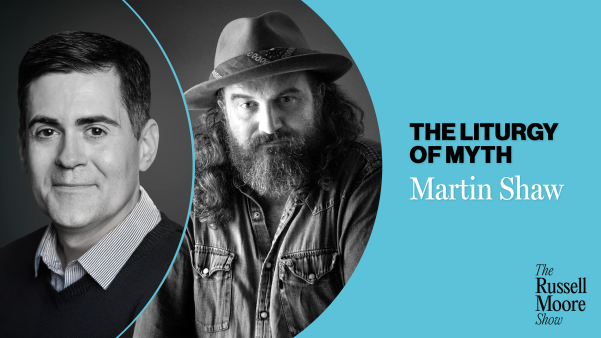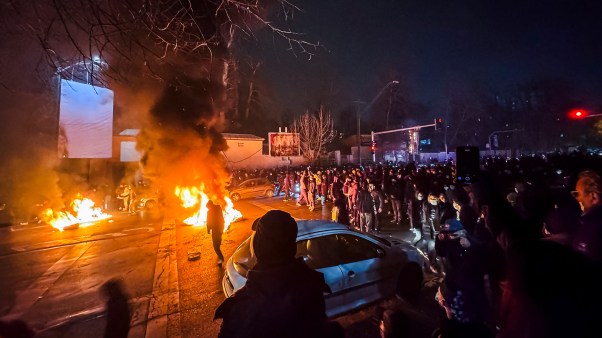If his health holds out, Pope John Paul II will travel to Mexico later this month to confer sainthood on Juan Diego, a peasant to whom the Virgin Mary reportedly appeared in 1531. For some, it will be a dream come true—finally, the large Catholic population in Latin America will have its own indigenous saint. For others, though, the dream is soured by the knowledge that Juan Diego may be a figment of fantasy, or worse, propaganda.
In the early sixteenth century, Spanish Conquistadors labored to convert native Mexicans to Catholicism. The Spanish managed to overthrew Mexico’s Aztec rulers in 1521 but continued to battle resistance to Spanish culture and religion. Then, according to the oral history on which the Vatican is basing the canonization, Mary appeared to Juan Diego and told him she wanted a shrine. To reinforce the message, Juan Diego was given a cloak that was originally full of flowers but later unfolded to reveal a beautiful image of Mary.
Unfortunately, a church-appointed expert has deemed the cloak a fraud. He says that Mary’s image was painted by humans, not illustrated by a divine hand. Furthermore, accounts of Juan Diego’s exploits date from 200 years after his death and were handed down by church officials who had a vested interest in proving that Catholicism and Mexican heritage can be blended. Still, to the Vatican (which retains that interest in linking Catholicism and Mexican heritage, especially in the face of challenges from Pentecostalism and secularism), the evidence is good enough. As John Paul has said, Juan Diego is “an example for all of the faithful: He teaches us that all the followers of Christ, of whatever condition or state, are called by the Lord.”
The exemplary role of saints has trumped evidentiary quibbles many times before. The power of saints and relics to attract visitors—and money—to various holy sites has also convinced more than a few people throughout history to bend the truth. The lives and deaths of many saints are reliably known, and some relics can be traced to their origins. But from fourth-century veneration of Roman martyrs and desert ascetics by their contemporaries, the situation deteriorated in many places to disorganized adoration of spurious saints and fake bones. In the early twelfth century, Abbot Guibert of Nogent wrote in his scathing critique On Saints and Their Relics:
“What shall I say of those [saints] whose fame is supported by no shred of testimony from without, and who are rather darkened than illustrated by the fact that they are believed to be celebrated in certain worthless records? What shall I do in their case whose beginnings and middle life are apparent to no man, and whose latter end (wherein all their praise is sung) is utterly unknown? And who can pray for their intercession when he knows not whether they possess any merits before God? …
“I have indeed known some men possessed of a certain saint, as they called him, brought from Brittany, whom they long revered as a confessor; until, suddenly changing their minds, they celebrated him as a martyr. When I inquired closely into their reasons, they had nothing better to plead for this man’s martyrdom than for his aforesaid confessorship.
“I call God to witness, that I have read—and read again in utter loathing to them that were with me—in the Life of Samson, a saint of great reputation in France and Brittany, concerning a certain abbot whom that book names St. Pyro. When, however, I sought into the latter end of this man whom I held for a saint, I found his special mark of sanctity to be this: to wit, that he fell into a well while drunken with wine, and thus died.”
Guibert didn’t call for an end to the veneration of saints, as Martin Luther and others would a few centuries later, but he did exhort church leaders to fix the system:
“Let the pontiffs therefore see to it, let the guardians of God’s people see to it, and provide that, if the people have a zeal of God, they may at least have it according to knowledge, lest they sin by offering aright and not dividing aright. If the prophet say truly, ‘Woe unto them that call evil good and good evil,’ [Isaiah 5:20] then what perversity can be greater than to thrust men upon the sacred altars who perchance, in their lifetime, deserved to be thrust forth from the Church itself!”
Catholic leaders heeded Guibert’s call in the thirteenth century by making the canonization of saints a more rigorous, formal process. In the sixteenth century, the Council of Trent imposed additional regulations on the canonization and veneration of saints. In the 1960s, the papacy went so far as to end recognition of dozens of saints whose stories either couldn’t be proven or couldn’t be true. Still, the wildly popular Juan Diego looks like a shoo-in. Apparently public opinion can influence papal proceedings.
For more on this topic, see:
Great Lessons from “Bad” HistorySainthood awaits man some say didn’t existSaint Juan DiegoGuibert de Nogent: On RelicsLegends of the Saints (from the Catholic Encyclopedia)Case of the Missing RelicWho Was the Worst Catholic Saint?
Copyright © 2002 by the author or Christianity Today/Christian History magazine.Click here for reprint information on Christian History.








